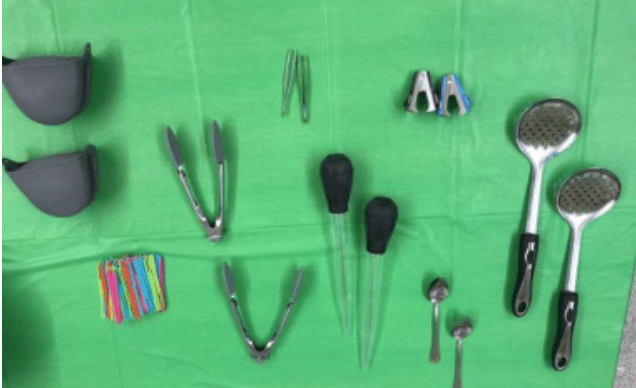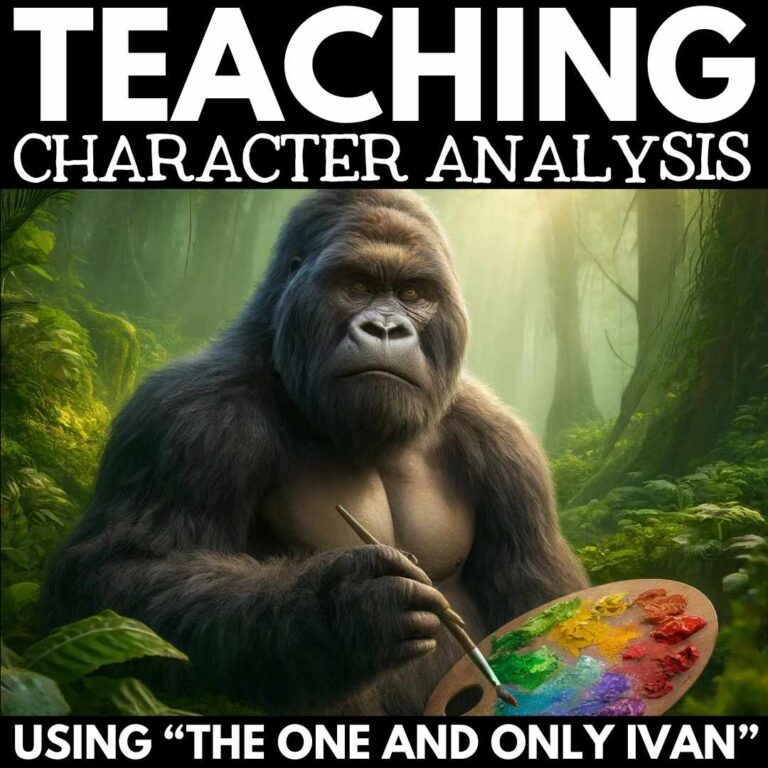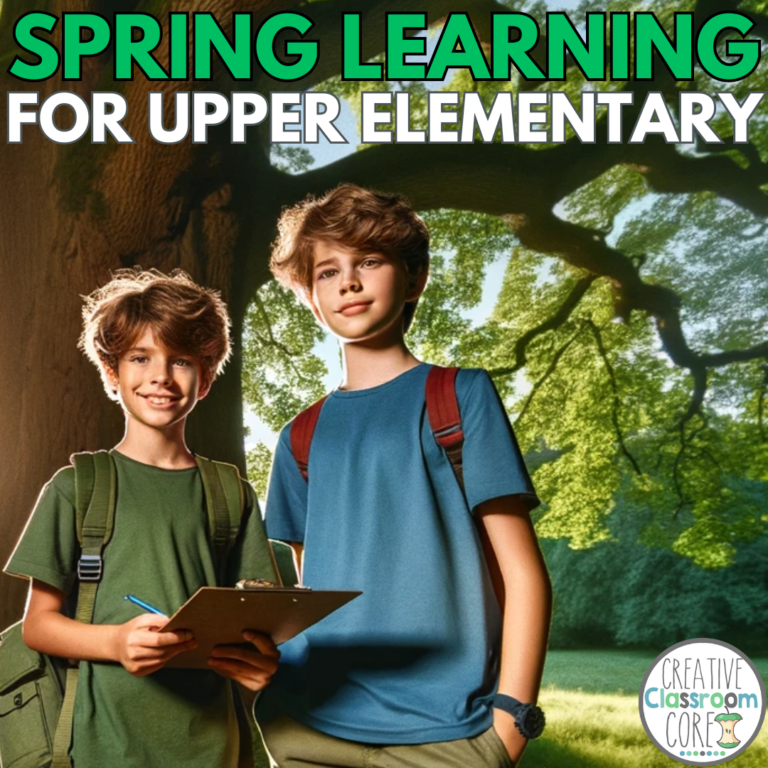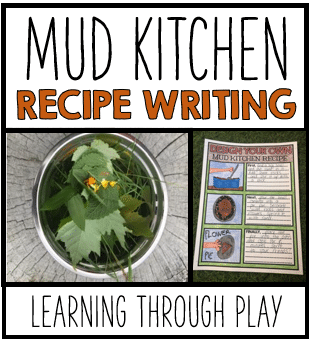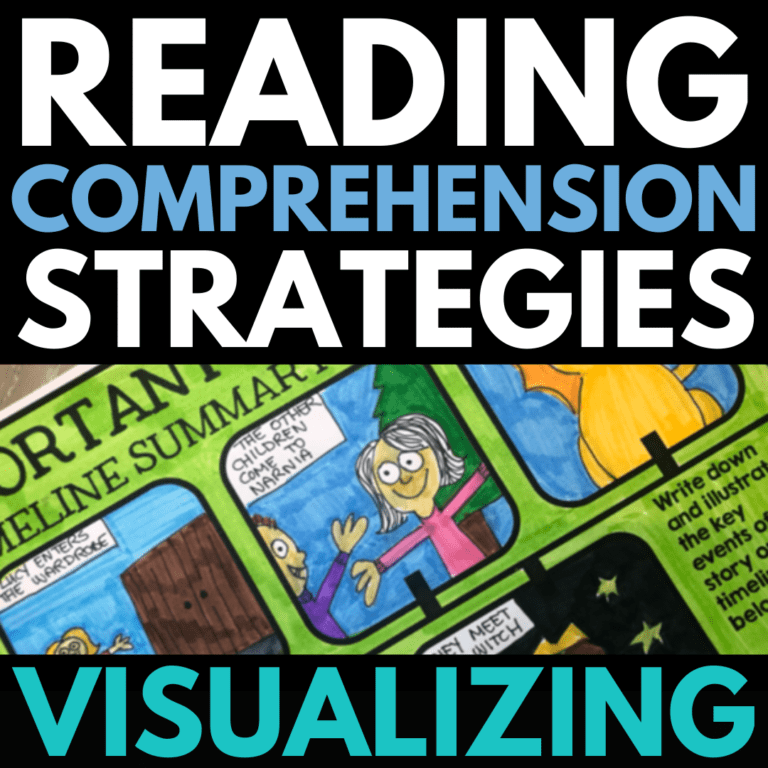Animal Adaptations: Top Five Ways to Engage
By MARISSA DESPINS Updated April 04, 2024
Today I am here to share 5 fun ways to teach all about Animal Adaptations. Our Animal Adaptations science unit with my grade 2/3 group is one of my very favourite units to teach.
Teaching about animal adaptations is crucial because it helps students understand how animals survive and thrive in their environments. This knowledge sheds light on the incredible diversity of life on Earth and the ways in which species have evolved over time to meet the challenges of their habitats. By learning about adaptations, students gain insights into the complexity of ecosystems and the interdependence of living organisms. Furthermore, this understanding fosters a deeper appreciation for biodiversity and the need to protect it. Teaching about animal adaptations not only enriches students’ knowledge of biology and environmental science but also encourages them to think critically about conservation issues and the impacts of human activity on the natural world.
For some no-prep classroom resources to help you teach about animal adaptations, click on the button below!
(This post contain affiliate links which means I make a small commission if you make a purchase, at no additional cost to you. Thank you for your support!)
What are Animal Adaptations?
According to Let’s Talk Science,
“An adaptation is an evolutionary process that involves a genetic change in an organism that occurs over a long period of time. Due to the helpful nature of genetic change, it is passed down from one generation to the next. Through adaptations, organisms become better able to live in their environment”.
We spend a lot of time in this unit talking about the ways animals adapt to their surroundings in order to help them survive. I find that this age group connects really well with animals, making engagement automatically high. It is an easy unit to fit in when talking about habitats and ecosystems, as you talk about the animals that have had to adapt to survive in different areas.
Top Five Ways To Teach All About Animal Adaptations
There are also so many fun labs and activities that you can do that work perfectly with this age group – I thought I would share some of my favorites below.
1) Introduce the topic with a video.
Videos are great for this topic, as they allow students to see the adaptations up close and personal. Unless you have a zoo field trip coming up, it can be hard for the kids to see a lot of these adaptations first hand. I really like the above video, as it does a great job of explaining physical and behavioral adaptations, which we spend a lot of time focusing on in our unit.
2) Read Alouds tied directly to curriculum.
You can never go wrong with a great read aloud – especially when there are so many great ones tied directly to the science curriculum! Check out some of my favorites below.
“What if you had…”
Scholastic’s “What if you had…” series are perfect for this unit. Each book features a different animal adaptation, and discusses them in depth. What if I really like these books because they tell a fun story, while also providing a lot of engaging informational text. The “What if you had an Animal Nose” book is a favorite with my 2/3 group!
“Invisible Lizard”
“Invisible Lizard” is a class favorite. This is a super fun read aloud to use when talking about the adaptation of camouflage. My class really liked trying to find the lizard hiding on the pages.
“What do you do with a tail like this?”
What do you do with tail like this?” is another great read aloud to talk about animal adaptations. It is an interactive guessing books, where kids guess the animals that go along with different adaptations. It is a fun one to put under the document camera – the kids love taking turns trying to guess the different animals.
3) Shark Adaptation Live Stream!
Sharks are excellent animals to focus on in this unit – they have so many cool adaptations! This video was taken from a live stream with Jillian Morris. It is a bit longer of a video, so I usually don’t show the whole thing, but it has some really great visuals and information about the ways sharks adapt to survive – countershading, camouflage, dermal denticles, glowing sharks and more!
My 2/3 group wrote some facts they learned about shark adaptations on sticky notes while they watched, and used them to make this fun foldable.
4) Bird Beak Adaptation Lab!
This activity takes some pre-planning, but is well worth it! The kids always have a lot of fun with it, and it is a great opportunity to embrace hands on learning.
Animal Adaptations Lab: Supplies
For supplies, you will need to make a quick trip to the local dollar store and pick up some different tools to use as bird beaks. Try to grab a wide variety, so groups have a lot to pick from. You can see some examples in the image below – tooth picks, tongs, small rubber pot holders, turkey basters, staple removers, tweezers, and spoons all make great options.
Next, you will need to fill one tub per group with a mixture of dried lentils, oats, and rice. I use this to represent dirt. I am sure that you could use actual dirt, but this seems less messy somehow. Place a plastic table cloth on each group table (to contain the mess), and place the tub on top.
The blue things in this mix are actually some colored dried chickpeas that I had kicking around. I threw them into our “dirt” mixture, just for fun.
Animal Adaptations Lab: Data Collection
Next, pass the data collection sheet out to student groups, explain the instructions, and let them get to it! Using different “beaks”, students have to see how many “food” items they can pick up in 30 seconds. Each round, mix different “food” items into their dirt – worms (string), beetles (raisons), etc.
Animal Adaptations Lab: Reflection
Afterwards, discuss and reflect on the activity. We brainstormed the things we noticed and wondered about bird beaks on the board, and talked about the ways different bird beaks help them to survive. This was an important step, as it helped the kids really cement their understandings and make the connections from the lab activities to birds in the wild. Students wrote their findings in colored pens on their handout.
Later, student groups did some “bird beak matching” using matching cards. The cards had images of the different bird beaks, what they are good for, and information about the birds who possess them. They really liked this activity, and it was a great way to review the days learning.

4) Camouflage Chameleons!
My grade 2/3 group absolutely loved learning about animal camouflage! After a quick introduction about what camouflage is and how it helps animals survive, we watched this fun video!
To be honest, I found it as entertaining as the kids did! Some of those animals are seriously hard to find!
After, we headed outside and worked to make our own camouflaged chameleons. I gave each student a paper cutout and some markers, and had them try and color their creatures to blend into the environment.
The kids had a blast, and it was a really engaging and hands on way to reinforce their learning.
5) Blubber Lab!
This is another fun lab activity for the kids to complete. Again, it take a bit of prep work, but the learning (and giggles) definitely make it worthwhile.
For this activity, your kiddos will learn all about the blubber adaptation, and how it helps animals survive in icy water.
First, you will need to fill a large tub with ice water and ice. You need to have a lot of ice in the water, so it is really, really cold. Have the kids take turns putting their hands in the water. As a class, talk about how the icy water felt. Was it warm or cold (freezing!)? How long do you think you could keep your body in there (not long!)? Have students record their thoughts.
Afterwards, have the students put their hands inside a “blubber glove” that you have previously prepared, and stick their hands back in the water. Basically, the blubber glove is a large ziplock bag full of Crisco shortening.
It won’t take long for the kids to realize how much warmer their hands feel in the water while wearing the “blubber glove”. Once again, have the kids record their findings.
I hope these activities inspire you to try something new in your next unit on animal adaptations! If you have some additional fun ideas, please let me know in the comment section below!
Interested in trying some of these activities out in your class?
Click on the image below to check out the different animal adaptation units I have for sale in my Teachers Pay Teachers store!
Looking for a complete unit on Animal Adaptations?
Click on the image below to check out my COMPLETE animal adaptation unit! This resource has 95 pages of resources!
Interested in signing up for my email list?
If you are interested in signing up for my email list, you can do so by clicking on the link below. I frequently send out emails with free resources, teaching tips, and exclusive deals. Signing up will also give you immediate access to some of my best selling Interactive Notebook resources – foldables, graphic organizers, and other fun activities.

![What If You Had Animal [Body Part]!? An Adaptation Project | Scholastic](https://www.scholastic.com/content/dam/teachers/blogs/genia-connell/2017/GC-Animals-1-Books.jpg)



